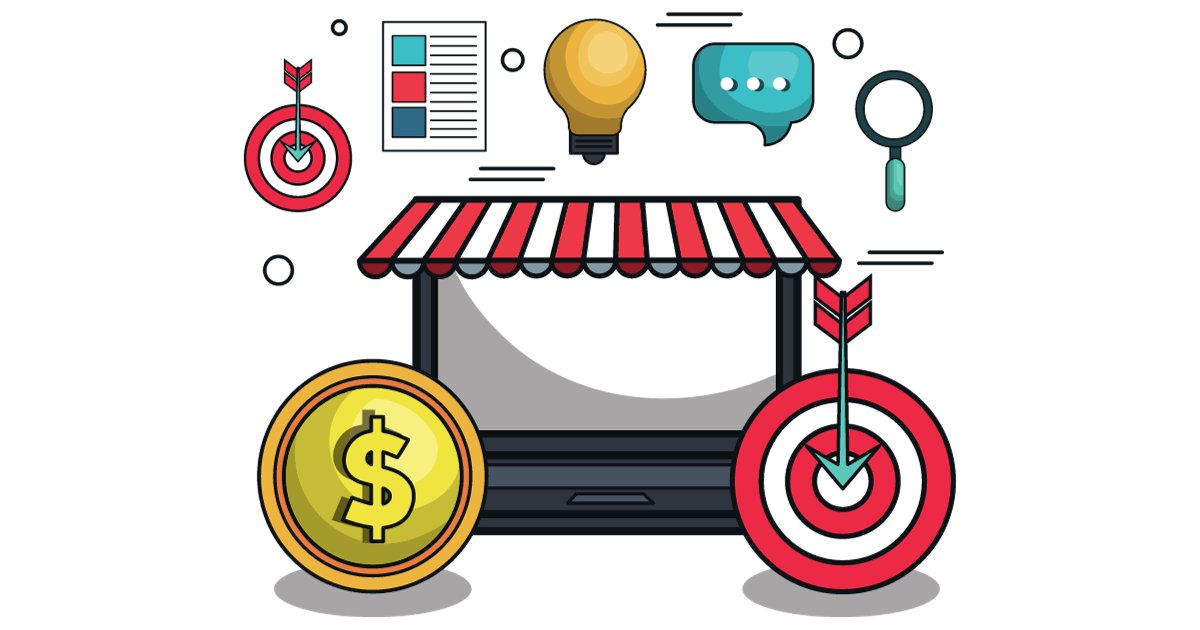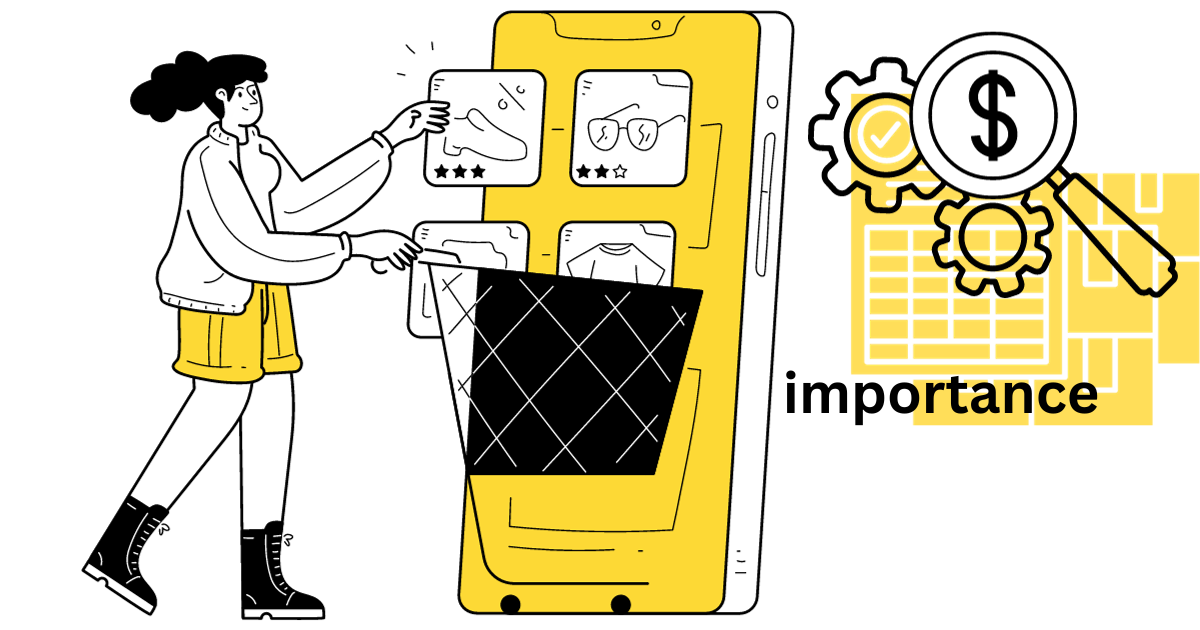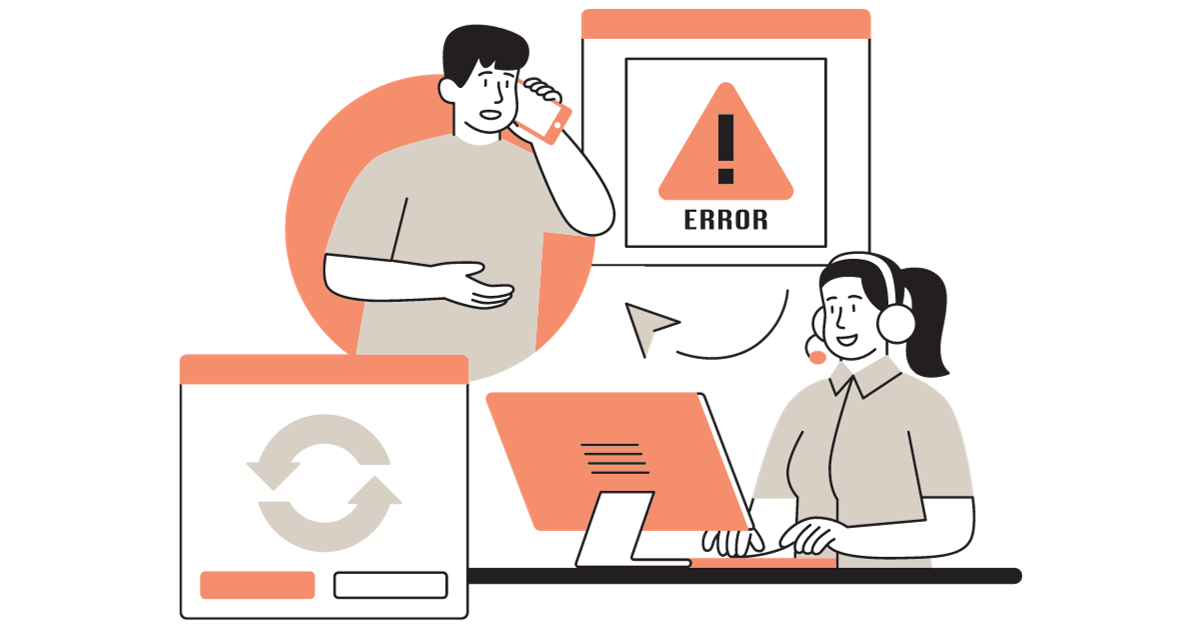With the introduction of e-commerce, the business environment has experienced a significant change. Consumers have the entire world at their fingertips in today’s digitally connected world, and companies are vying for their attention and allegiance online. Because it provides consumers with ease, accessibility, and countless options, e-commerce has grown to be a booming sector. But becoming successful in the e-commerce space is not easy.
Your online sales might be influenced by a wide range of variables. With the introduction of e-commerce, the business environment has experienced a significant change. Consumers have the entire world at their fingertips in today’s digitally connected world, and companies are vying for their attention and allegiance online. Because it provides consumers with ease, accessibility, and countless options, e-commerce has grown to be a booming sector. But becoming successful in the e-commerce space is not easy. Your online sales might be influenced by a wide range of variables.
The booming e-commerce industry
Electronic commerce, or e-commerce, is a powerful force in today’s commercial environment. It describes the exchange of goods and services via the Internet, and it has grown to be an essential part of the world economy. Online shopping is becoming more and more popular among consumers due to its convenience and extensive use compared to traditional brick-and-mortar stores. Because of this, the e-commerce sector has grown rapidly, and there is a huge opportunity for companies to enter this sizable market.
There are several benefits to e-commerce for both customers and enterprises. Businesses can use it to expand their customer base, cut expenses associated with running their operations, and customize marketing campaigns by analyzing consumer data. E-commerce provides customers with the ease of buying from home, more product selection, and the capacity to make well-informed decisions by using reviews and ratings.
E-commerce has enormous potential, but it also faces intense competition. In order to thrive in this digital marketplace, companies must provide customers with a streamlined and enjoyable purchasing experience in addition to high-quality items. In this post, we’ll look at several things that can impede your online sales and talk about how to get over them.
The importance of optimizing e-commerce sales
Success in the e-commerce industry is frequently gauged by revenue and sales. One important factor in determining the general health and expansion of your business is how well your e-commerce platform converts visitors into paying clients. Optimizing e-commerce sales is crucial. Each and every lost sale is a chance squandered. If you ignore these problems which could be caused by a bewildering website design, poor product descriptions, or a laborious checkout process the results could be disastrous for your business’s profitability. Moreover, a disgruntled consumer can easily transfer to a competitor in the cutthroat world of online shopping with just one click.
You may increase your e-commerce sales immediately and build a devoted clientele by recognizing and removing the roadblocks that stand in the way of your business’s expansion and success. The ensuing sections will go into eight crucial elements that may be impeding your online sales and offer practical suggestions for efficiently addressing these problems.
8 Factors Undermining Sales
Inadequate Website Design and User Experience
Unsatisfactory website design and user experience are important factors that can seriously hurt e-commerce revenues. Your website acts as the online shop for your company, so keeping customers interested and making a good first impression depends heavily on its design and usability. Typical design errors that lead to lost sales chances include disorganized layouts, unclear navigation, and sluggish loading speeds. This part will discuss the significance of having a user-friendly design, point out common design mistakes to avoid, and emphasize how bad slow loading times are for your e-commerce sales.
Poor Product Descriptions and Imagery
A significant obstacle to the success of e-commerce is the caliber of product descriptions and images. Good product descriptions influence the decisions of potential buyers by acting as a conduit between them and your offerings. Superior photographs that present your products in the greatest possible way are equally important. This section will examine the critical roles that product images and descriptions play in e-commerce, offer advice on how to write engaging product descriptions that captivate readers, and stress the significance of employing clear, sharp, and eye-catching product images to improve the user experience and increase conversion rates.
Inefficient search and navigation frustrate potential customers, which lowers order values, increases bounce rates, and lowers client retention, all of which negatively impact e-commerce sales. Negative search results lead to bad ratings and increased expenses for customer service, in addition to lost sales. E-commerce companies need to put a high priority on easy-to-use navigation, effective search capabilities, and a smooth online buying experience in order to prevent these negative outcomes. This will increase conversion rates and preserve a positive reputation for their brands.
Complicated Checkout Process
One of the biggest barriers to e-commerce sales can be a laborious and complex checkout procedure. Potential buyers make their final choice to buy during the checkout process; thus, any obstacles or pointless procedures can cause them to abandon their cart. This section will examine the importance of streamlining the checkout process to reduce obstacles to buying and emphasize it as a crucial conversion bottleneck. We will also look at ways to make the checkout process run more smoothly, such as introducing one-click checkout alternatives, cutting down on form fields, and providing a variety of payment options. These strategies are all meant to enhance the overall user experience and boost the chance of completing sales.
Lack of Mobile-Friendly Design
Ignoring a mobile-friendly design can seriously hurt e-commerce sales at a time when mobile devices are commonplace. Make sure your e-commerce website is responsive and mobile-friendly since more and more customers are making purchases on smartphones and tablets. We’ll discuss the growth of mobile shopping and its effects on e-commerce success in this section. We’ll go over the value of responsive web design, factors to take into account when creating a mobile app, and the best ways to make mobile shopping easy and fun. By doing this, you can make sure that your company targets the mobile-savvy clientele and increases revenue.
Ignoring Customer Reviews and Feedback
In the current e-commerce environment, it is important to value customer ratings and comments. They act as a type of social evidence, having a considerable impact on prospective clients’ purchasing decisions. Neglecting or improperly managing client testimonials and reviews might hurt your online store’s revenues. This section will discuss the importance of social proof and how ratings and reviews from customers may increase credibility and trust. We’ll also go over tactics for getting clients to write reviews and how to respond positively to unfavorable comments. Through proactive interaction and utilization of client testimonials and evaluations, your online store can improve its standing and consequently increase revenue.
Neglecting Digital Marketing Strategies
Investing too little in digital marketing methods might seriously reduce your sales potential in the fiercely competitive world of online shopping. While having a fantastic product and a well-designed website are important, reaching and engaging your target audience efficiently is even more important. The necessity of complete digital marketing campaigns that make use of a variety of online marketing strategies will be emphasized in this section.
We’ll go over the value of using email marketing campaigns, social networking platforms, and paid advertising, providing insights into how each may help you become more visible online, drive traffic, and eventually increase e-commerce sales. Your company may keep ahead of the competition and connect with more potential customers by adopting and putting into practice smart digital marketing techniques, which will ultimately improve sales and revenue.
Insufficient Customer Support
Offering first-rate customer service is crucial in the e-commerce industry. Selling goods isn’t the only goal; maintaining client satisfaction and swiftly addressing problems is also important. Your online store’s sales may suffer if you ignore customer service. In this part, we will discuss the vital role that customer service plays in establishing and preserving consumer loyalty.
We’ll go over the significance of providing a variety of support avenues, including phone, email, and live chat, in addition to promptly and effectively handling client complaints and questions. By placing a high priority on customer service, your online store may avoid problems down the road and build a devoted following of clients who are more likely to make repeat purchases and return, which will boost revenue and ensure long-term success.
TIPS for Your E-Commerce Sales
Although e-commerce sales might be fiercely competitive, there are a number of tactics and advice you can use to increase your online sales. The following essential advice can help you thrive in e-commerce:
Enhance Your Web Page:
- Make sure your website is responsive to mobile devices, loads quickly, and is easy to use.
- Make use of eye-catching photos and interesting product descriptions.
- Put in place a basic and unambiguous navigation system.
Provide a Streamlined Purchasing Experience:
- Make the checkout procedure as easy and quick as you can.
- Offer a variety of payment methods, such as digital wallets, credit cards, and other widely used ones.
- Put security measures in place to earn clients’ trust.
Utilize search engine optimization (SEO):
- Make sure that your website and product listings are search engine-optimized.
- Make use of pertinent keywords in meta tags and product descriptions.
- Produce high-quality content to draw in natural traffic.
Make use of social media:
- Remain active on social media sites where your target market is present.
- Reach prospective clients by running advertisements on social media.
- Interact with your audience and give rapid attention to messages and comments.
Email Promotion:
- Create an email list and send updates and promotions to people on it.
- Use email list segmentation to offer customized content.
- Make your subject lines stand out to boost open rates.
Promotion of Content:
- Make insightful videos, blog entries, and other information about your business and its products.
- Post this information on your website and social media pages to draw in and inform visitors.
Product Evaluations and User Stories:
- Urge pleased clients to submit evaluations.
- To gain the trust of potential customers, make sure to prominently display these reviews on your product sites.
Rebates and Sales Events:
- Offer sporadic sales and discounts to encourage buying.
- Employ scarcity strategies, such as time-limited offerings, to instill a sense of urgency.
Upselling and cross-selling:
- When clients are browsing or in the process of checking out, make suggestions for related products or more expensive alternatives.
Customer Service:
- Deliver top-notch customer support by phone, email, or live chat.
- Respond quickly and expertly to questions and concerns from customers.
Content created by users:
- Customers should be encouraged to post their own images and product experiences.
- Share this user-generated content on social media and your website.
Optimizing for mobile:
- Since smartphones and tablets account for a sizable amount of e-commerce traffic, make sure your website is optimized for mobile devices.
Data analysis and analytics:
- Utilize programs such as Google Analytics to monitor and assess the functionality of your website.
- Make data-driven choices to enhance your marketing tactics.
Delivery and exchanges:
- Provide options and affordable shipping costs.
- Provide a reasonable and transparent return policy to allay buyer apprehension.
A/B Research:
- Try varying the headlines, pictures, and calls to action on your website to find what works best for conversions.
Market Analysis:
- To modify your approach, keep up with market trends, rivals, and consumer preferences.
Customization:
- Use personalization strategies to display content and items to customers based on their browsing history and preferences.
Programs for Customer Loyalty:
- Give exclusive discounts, access to exclusive deals, or loyalty points to customers who return.
Get Ready for Global Markets:
- Think about extending your reach to foreign clients by providing a variety of shipping choices, languages, and currencies.
Guarantee of Quality:
- Make sure the goods you sell are of the highest caliber and live up to the expectations of your clients.
- Content customers are more inclined to recommend others and make repeat purchases.
Conclusion
It is essential to address the eight crucial elements discussed in this post if you want to succeed in the cutthroat and always-changing world of e-commerce. These elements, which range from user experience and website design to first-rate customer service, are crucial in determining whether your online sales will grow or shrink.
By acknowledging the significance of these factors and proactively implementing strategies to maximize them, companies may improve the consumer experience, foster credibility, and eventually boost revenue. Success in e-commerce requires a comprehensive approach that calls for constant development and adjustment to the ever-evolving demands of the consumer. While navigating this virtual marketplace, keep in mind that you may create the conditions for long-term growth and prosperity in the e-commerce industry in addition to short-term profits by addressing these challenges and continuously striving to improve them.
[FAQ]
How important is website design for e-commerce success?
Website design is crucial for e-commerce success. An appealing, user-friendly design can make a significant difference in attracting and retaining customers. A well-designed website creates a positive first impression and can enhance the overall shopping experience.
How can I reduce cart abandonment in my e-commerce store?
To reduce cart abandonment, simplify the checkout process, offer multiple payment options, provide clear shipping cost information, and implement trust-building measures like secure payment options and return policies.
How can I improve customer retention in my e-commerce business?
To improve customer retention, provide excellent customer service, offer loyalty programs, engage in email marketing, personalize recommendations, and continuously analyze customer data to tailor your offerings to their preferences. Building lasting relationships with customers is essential for long-term success in e-commerce.
















thanks for your information .
your welcome